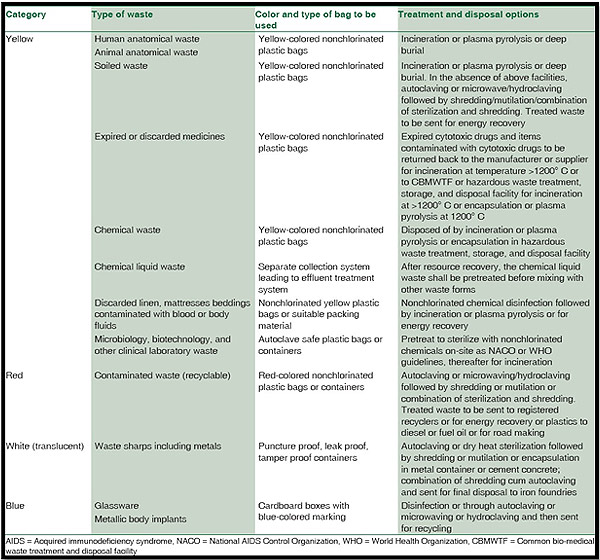10 Simple Techniques For Reclaim Waste
10 Simple Techniques For Reclaim Waste
Blog Article
Not known Details About Reclaim Waste
Table of ContentsNot known Details About Reclaim Waste Reclaim Waste for BeginnersSome Known Facts About Reclaim Waste.Getting My Reclaim Waste To WorkReclaim Waste Things To Know Before You Buy
Domestic sewer waste refers to the waste and products from a household septic storage tank. The proper administration and disposal of domestic sewage waste call for liquid waste to be moved to a sewage treatment plant where the proper techniques and equipment are used to purify and dispose of waste.
Business waste commonly includes prospective threats, such as flammable products or a mixture of fluid and strong waste products, and needs an advanced and thorough disposal process. The disposal of industrial waste commonly involves the filtering of waste before transport to ensure risk-free and appropriate disposal. Hazardous waste is created from by-products and drainage of industrial procedures and manufacturing.
This type of waste can not make use of the very same sewage administration transportation or procedures as septic or business fluids. The commercial waste management process requires the assessment and screening of liquid waste before it goes through the disposal procedure (liquid waste disposal melbourne). Runoff waste is the liquid waste that comes from runoff and excess stormwater in highly populated areas or cities
Runoff waste can cause contamination and flooding if not handled properly. Making certain correct waste administration can avoid disasters and lower ecological damage.
The Basic Principles Of Reclaim Waste
Get in touch with PROS Services today to find out about our waste administration and disposal services and the proper methods to care for the liquid waste you generate.
(https://padlet.com/leonaube33101/reclaim-waste-hw71hge954tsaxnp)This so-called 'wastewater' is not just an important source but, after therapy, will be launched to our land, waterways or the sea. Used water from commodes, showers, baths, cooking area sinks, laundries and commercial processes is known as wastewater.

water utilized to cool down equipment or clean plant and tools). Stormwater, a form of wastewater, is drainage that flows from farming and city areas such as roofs, parks, gardens, roadways, courses and rain gutters right into stormwater drains, after rain. Stormwater moves neglected straight to local creeks or rivers, ultimately getting to the ocean.
Our Reclaim Waste Statements
In Queensland, most wastewater is dealt with at sewer therapy plants. Wastewater is transported from residential or commercial websites through a system of drains and pump terminals, understood as sewage reticulation, to a sewage treatment plant.
The Department of Natural Resources advises city governments concerning handling, operating and keeping sewerage systems and treatment plants. In unsewered locations, neighborhood federal governments may require householders to install specific or house sewer treatment systems to treat residential wastewater from bathrooms, cooking areas, bathrooms and washings. The Division of Natural Resources authorises using household systems when they are confirmed to be reliable.
In some brand-new class, treatment of some stormwater to eliminate litter, sand and crushed rock has started using gross toxin traps. Wastewater therapy occurs in 4 stages: Gets rid of solid find out this here issue.
Wastewater then moves right into large containers where solids settle and are gotten rid of as sludge. Grease and residue are skimmed from the surface. Utilizes tiny living microorganisms knows as micro-organisms to break down and remove continuing to be liquified wastes and fine fragments. Micro-organisms and wastes are integrated in the sludge. Gets rid of nitrogen and phosphorus nutrients that could create algal blooms in our rivers and threaten aquatic life.
What Does Reclaim Waste Do?
Nutrient removal is not offered at all sewer therapy plants because it requires pricey specialized devices. It is coming to be much more usual in Queensland. Clear liquid effluent created after treatment may still have disease-causing micro-organisms. If this effluent is released right into rivers such as rivers or the sea, the micro-organisms will at some point pass away out.

Most wastewater moves into the sewage system. Under the Act, local federal governments provide authorizations and licences for eco appropriate tasks (Ages) involving wastewater releases that could have a regional impact.
Reclaim Waste for Dummies
Or else, examples are taken for lab evaluation. Frequently lots of examinations are needed to establish the degrees of each of the various pollutants such as oils, heavy steels and chemicals in water. Monitoring offers valid details about water top quality and can verify that permit conditions are being satisfied. The details gotten through monitoring supplies the basis for making water top quality choices.
Report this page